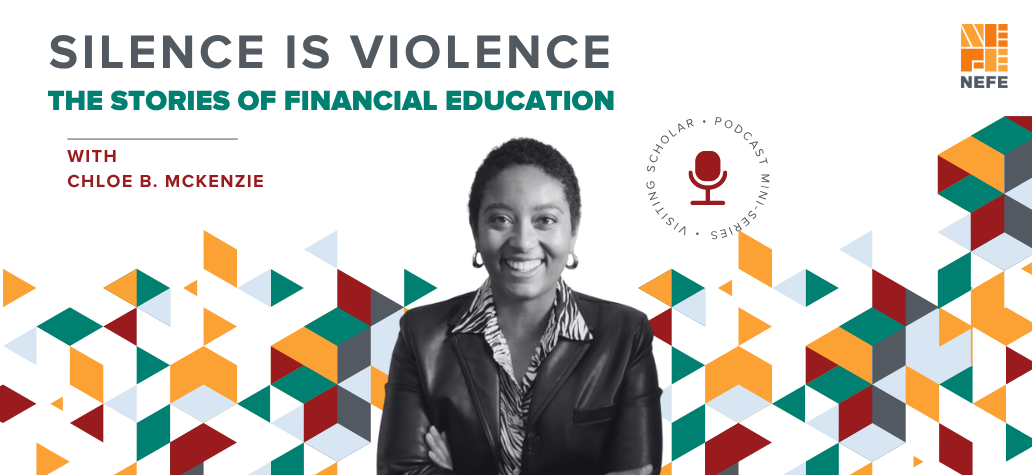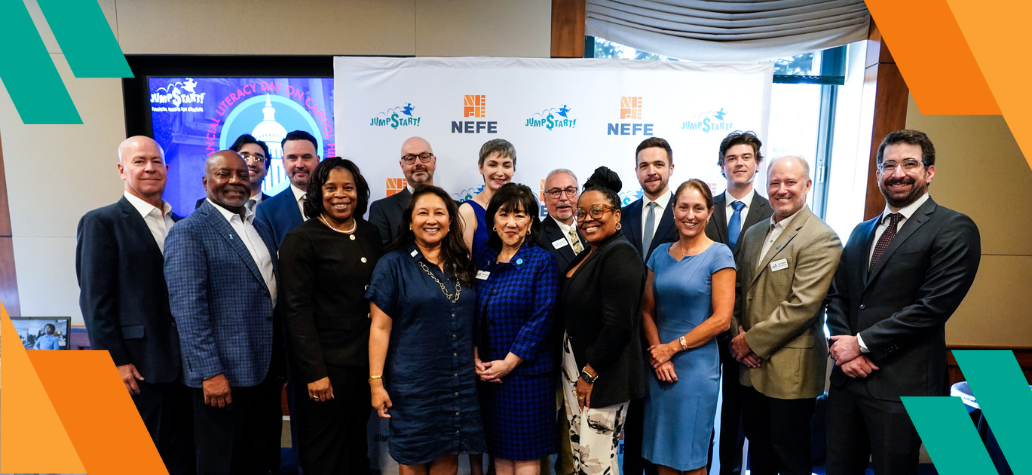NEFE has collected new data, further substantiating how individuals with financial education opportunities choose to take it in overwhelming numbers. Results from this poll of U.S. adults are the latest evidence of the need to increase financial education opportunities for more segments of the population.
“Education issues rarely receive the strong-sided support that we find in the results of this polling. When adults are provided effective and equitable access to key financial topics, they do not miss out on the opportunity to learn,” says Billy Hensley, Ph.D., president and CEO of NEFE. “When we combine the results of this poll with other data we have collected and analyzed, we do more than just paint a picture of the need for financial education. We develop a blueprint for a solution.”
The new opinion poll from NEFE, conducted by AmeriSpeak, focused on two questions. The first asked about the opportunity to take financial education in some setting. Nearly half (45%) responded that they have had such opportunities. Among these opportunities were via employer-based programs (16%), college/university (15%), secondary school (14%) and self-guided courses (13%).* The second question asked about participating in a financial education course. A large majority of the adults who had the opportunity to take a course/training took it**, including those who had the opportunity through financial institutions (63%), self-guided courses (85%), employer-based programs (86%), college/universities (87%), and secondary education (91%).***
“Policymakers and decision leaders at the local, state and national level should weigh these results when considering financial education options in their communities,” adds Hensley. “Beyond instruction in schools, there also are opportunities for thoughtful guidance in the workplace. Financial education can help build confidence and financial security among employees allowing companies to attract and retain top talent.”
In May, NEFE polled LGBTQIA+ community members on similar financial education access questions. In that poll, 55% had the opportunity to take financial education courses/training in any of the listed settings. Among those who did have access, 73% to 89% chose to participate in an available option. U.S. adults also shared their opinions on financial education access in NEFE’s financial education mandates poll, released in April as part of Financial Capability Month. An overwhelming number (88%) of those surveyed indicated that their state should require a semester- or year-long course focused on personal finance education for high school graduation. In addition, 80% said they wish they were required to complete a semester- or year-long course focused on personal finance education during high school.
In his blog post on the demand to bolster quality financial education instruction, Hensley says, “Successful financial education access on a national scale requires continued collaboration across sectors and we need strong voices from every level. I am inspired and optimistic by the momentum seen across the country.”
For more on this survey, visit the Consumer Poll section of the NEFE website.
Full Methodology
This survey was conducted May 12-16, 2022, on behalf of NEFE, using the AmeriSpeak Omnibus Panel. The nationally representative sample included 1,001 adults aged 18 and older. Funded and operated by the National Opinion Research Center (NORC) at the University of Chicago, AmeriSpeak® is a probability-based panel designed to be representative of the U.S. household population. Randomly selected U.S. households are sampled using area probability and address-based sampling, with a known, non-zero probability of selection from the NORC National Sample Frame. These sampled households are then contacted by U.S. mail, telephone and field interviewers (face to face). The panel provides sample coverage of approximately 97% of the U.S. household population. Those excluded from the sample include people with P.O. Box only addresses, some addresses not listed in the U.S. Postal Service Delivery Sequence File, and some newly constructed dwellings. While most AmeriSpeak households participate in surveys by web, non-internet households can participate in AmeriSpeak surveys by telephone. Households without conventional internet access but having web access via smartphones are allowed to participate in AmeriSpeak surveys by web. AmeriSpeak panelists participate in NORC studies or studies conducted by NORC on behalf of governmental agencies, academic researchers, and media and commercial organizations.
*Other options selected include one-on-one coaching or mentoring from a professional (9%), financial institutions (8%), community organizations (5%) and government-affiliated entity (5%)
**This is true across age groups, gender, education level, income level, race/ethnicity, and having/not having minors in the household.
***Percentages are an aggregate of the “Yes” response group, regardless if the course/ training was voluntary or mandatory, due to the small sample size. The “Yes” response group includes “Yes, I participated in the course/training, and it was voluntary”, “Yes, I participated in the course/training, and it was mandatory”, and “Yes, I participated in the course/training, but I do not remember if it was voluntary or mandatory.”



